

































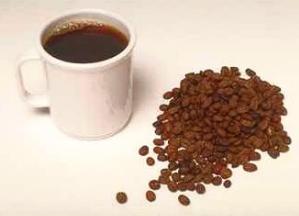 If coffee is one of the beverages you enjoy during normal times, then you will need to make some plans on how you can continue to enjoy coffee during a long-term hard times event.
If coffee is one of the beverages you enjoy during normal times, then you will need to make some plans on how you can continue to enjoy coffee during a long-term hard times event.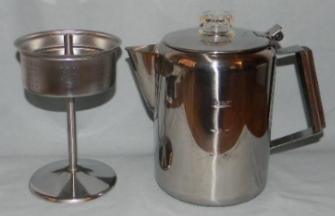 An alternative to the drip coffee maker is an old fashioned coffee percolator. This device requires a coarser ground of coffee than the drip coffee makers. You put some water in the bottom of the percolator and then add some ground coffee into the metal basket that fits in the top of the percolator. Then you attach the lid, add heat, and wait for the water to boil which "perks" the hot water up through center spout and the water then flows down over the ground coffee in the metal basket and back into the bottom of the percolator with the rest of the water. This process continues until you have your coffee at the strength you prefer.
An alternative to the drip coffee maker is an old fashioned coffee percolator. This device requires a coarser ground of coffee than the drip coffee makers. You put some water in the bottom of the percolator and then add some ground coffee into the metal basket that fits in the top of the percolator. Then you attach the lid, add heat, and wait for the water to boil which "perks" the hot water up through center spout and the water then flows down over the ground coffee in the metal basket and back into the bottom of the percolator with the rest of the water. This process continues until you have your coffee at the strength you prefer.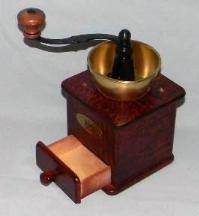 Finally, you can purchase whole coffee beans and grind them yourself as you need them. This will require that you have a coffee grinder for this specific application. The reason is because you do not want the flavor of your coffee beans to pick up the flavor of something else that may have been ground previously in some type of multipurpose grinder. If you have a coffee grinder that is only used for coffee then you will know that the flavor of your coffee will not pick up any stray unusual flavors that may be offensive to your taste buds. If you grind your own coffee beans then you can set the grind to the coarseness you require, such as a fine grind or a medium grind or a coarse grind.
Finally, you can purchase whole coffee beans and grind them yourself as you need them. This will require that you have a coffee grinder for this specific application. The reason is because you do not want the flavor of your coffee beans to pick up the flavor of something else that may have been ground previously in some type of multipurpose grinder. If you have a coffee grinder that is only used for coffee then you will know that the flavor of your coffee will not pick up any stray unusual flavors that may be offensive to your taste buds. If you grind your own coffee beans then you can set the grind to the coarseness you require, such as a fine grind or a medium grind or a coarse grind.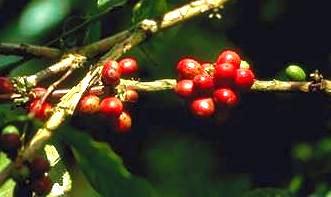 |
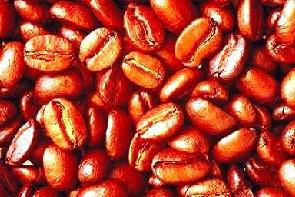 |
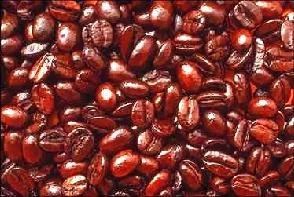 | |
| Coffee Beans Before Turning Green | Coffee Beans - Lightly Roasted | Coffee Beans - Dark Roasted |

